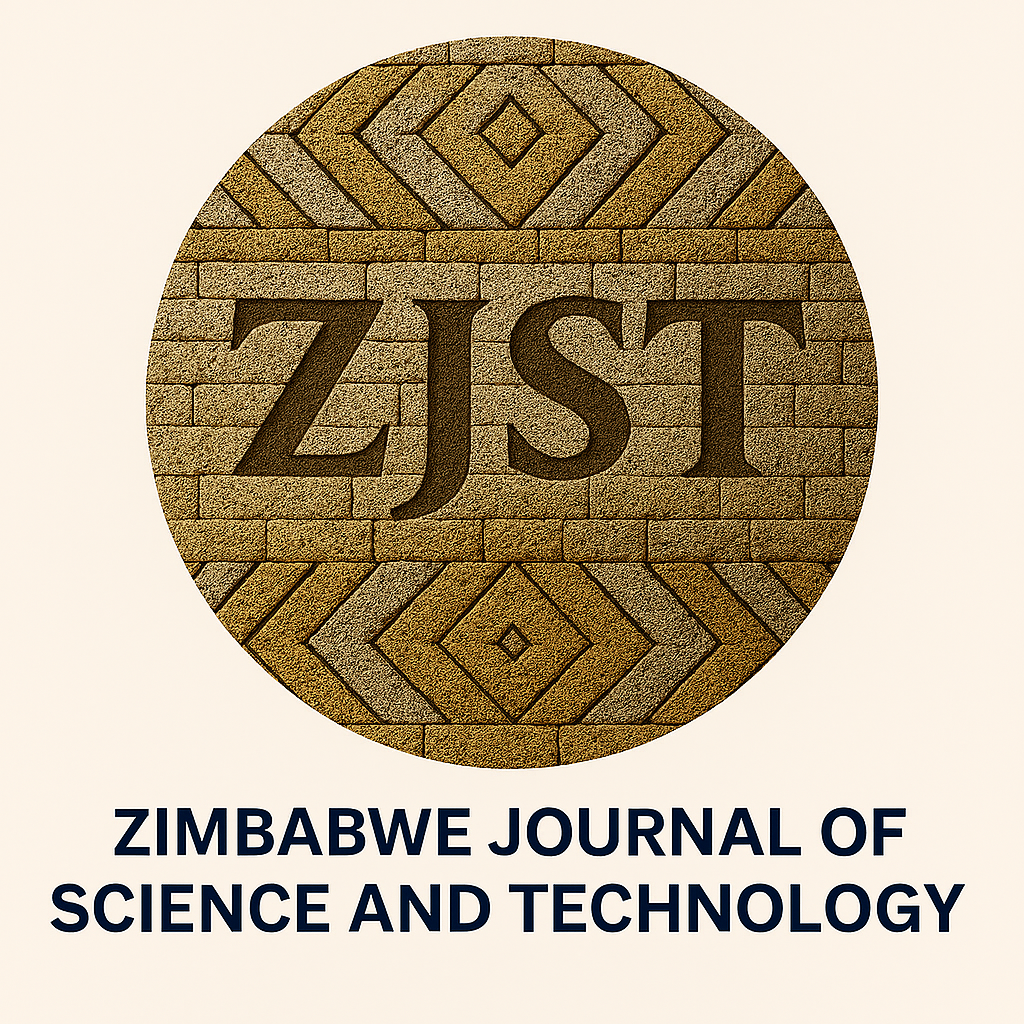An Update on the epidemiology of Extended Spectrum Beta-lactamase's (ESBLs) Producing Organisms in Nigeria
Keywords:
Prevalence, ESBL, Gram-negative bacteria, Nigeria, CommunityAbstract
The significance of extended spectrum beta lactamases (ESBL)-producing organisms in aggravating public health threats, long hospital stays, treatment failures and sometimes death is a very topical issue eliciting great deal of concerns. This study was therefore aimed at providing an expansive update on the epidemiology of ESBL producing organisms in the six geopolitical zones of Nigeria, with a view to providing details of all ESBL producing organisms from different sources including foods, environmental and clinical samples. To achieve this, a literature search was carried out on articles published between 2007 and 2023 through electronic databases including Google Scholar, African Journals Online (AJOL), Scopus and PubMed. The inclusion criterion was that the articles must have been published between 2007 and 2023 in the six geopolitical zones of Nigeria. A total of 252 articles were identified while only 63 studies (10 from north-central, 11 from southwest, 9 from northeast, 10 from southeast, 11 from southsouth and 12 from southwest Nigeria) that met the inclusion criteria were used for the study. The prevalence of ESBL producing organisms from the six geopolitical zones were determined to be (42.88 ± 8.28), (30.7±5.49), (46.57±5.14), (38.45±5.14), (32.49±7.33) and (30.75±6.14) for North-Central, North-West, North-East, South-East, South-South and South-West respectively. Majority of the studies analyzed used the phenotypic method which is based on double-disc synergy test (DDST) while none of the studies used the minimum inhibition concentration method. The most encountered ESBL producing organism was Escherichia coli and this was followed by Klebsiella spp. In conclusion, the prevalence of ESBL producing organisms was considerably very high in the six geopolitical zones of Nigeria. This, therefore, highlights the need for establishing programs in Nigeria to educate the populace on the implications of wide epidemiology of ESBL-producing organisms and the best ways to preventing their spread including frequent and thorough hand hygiene.


